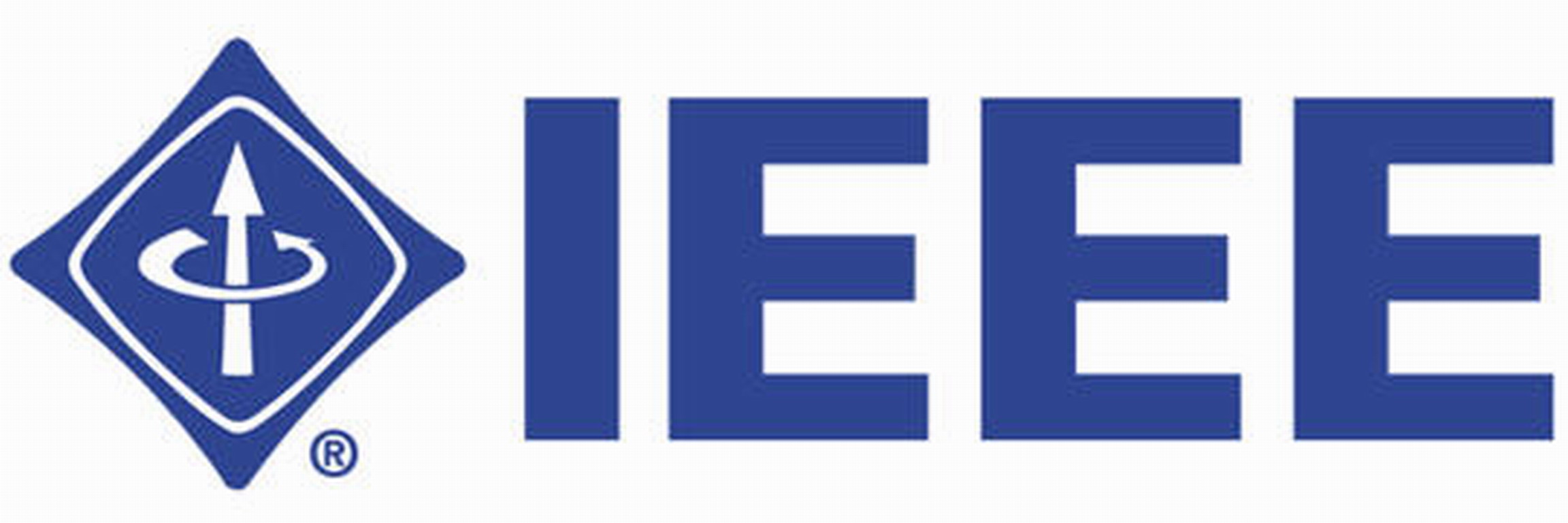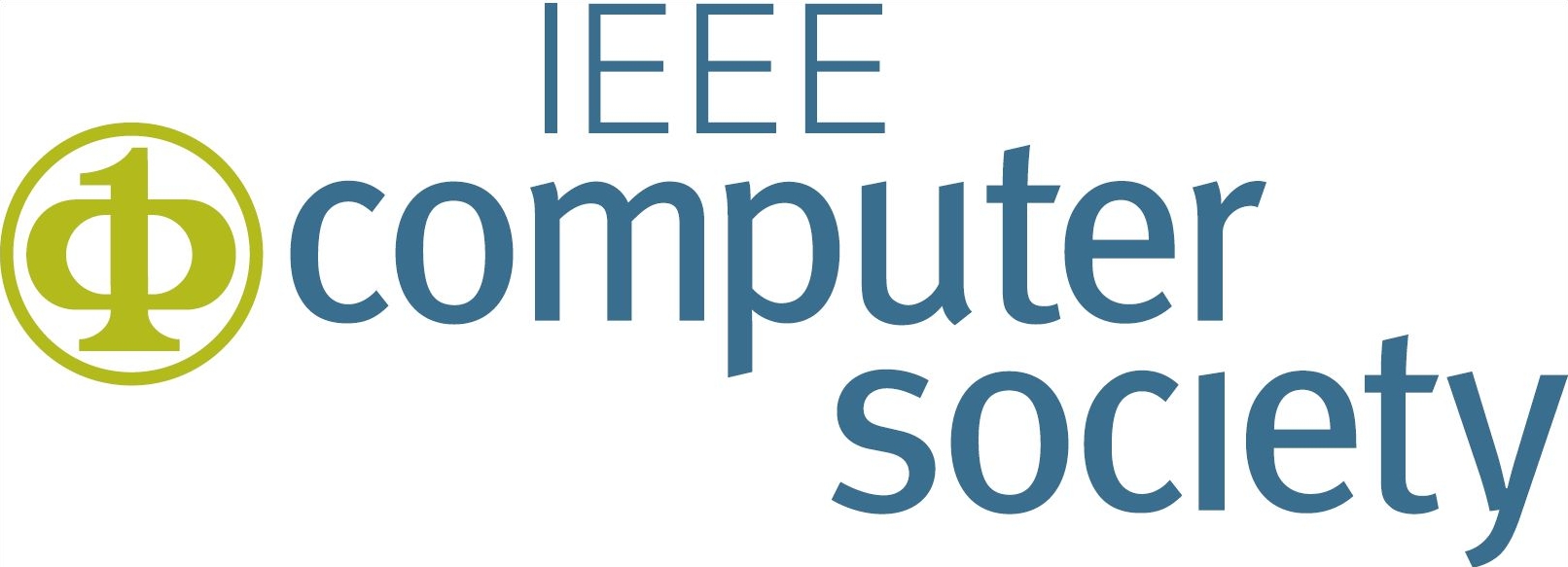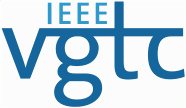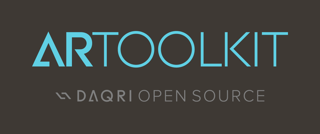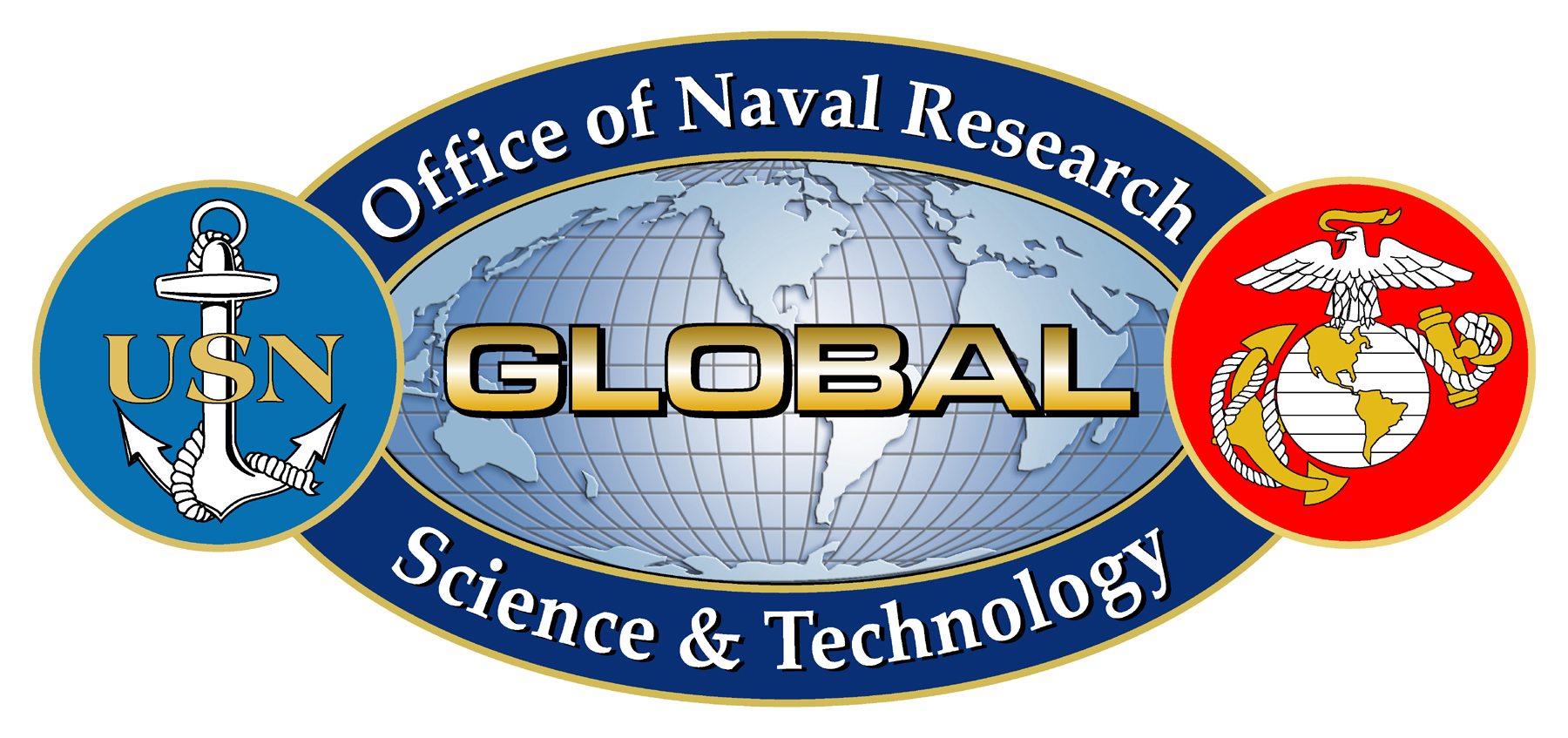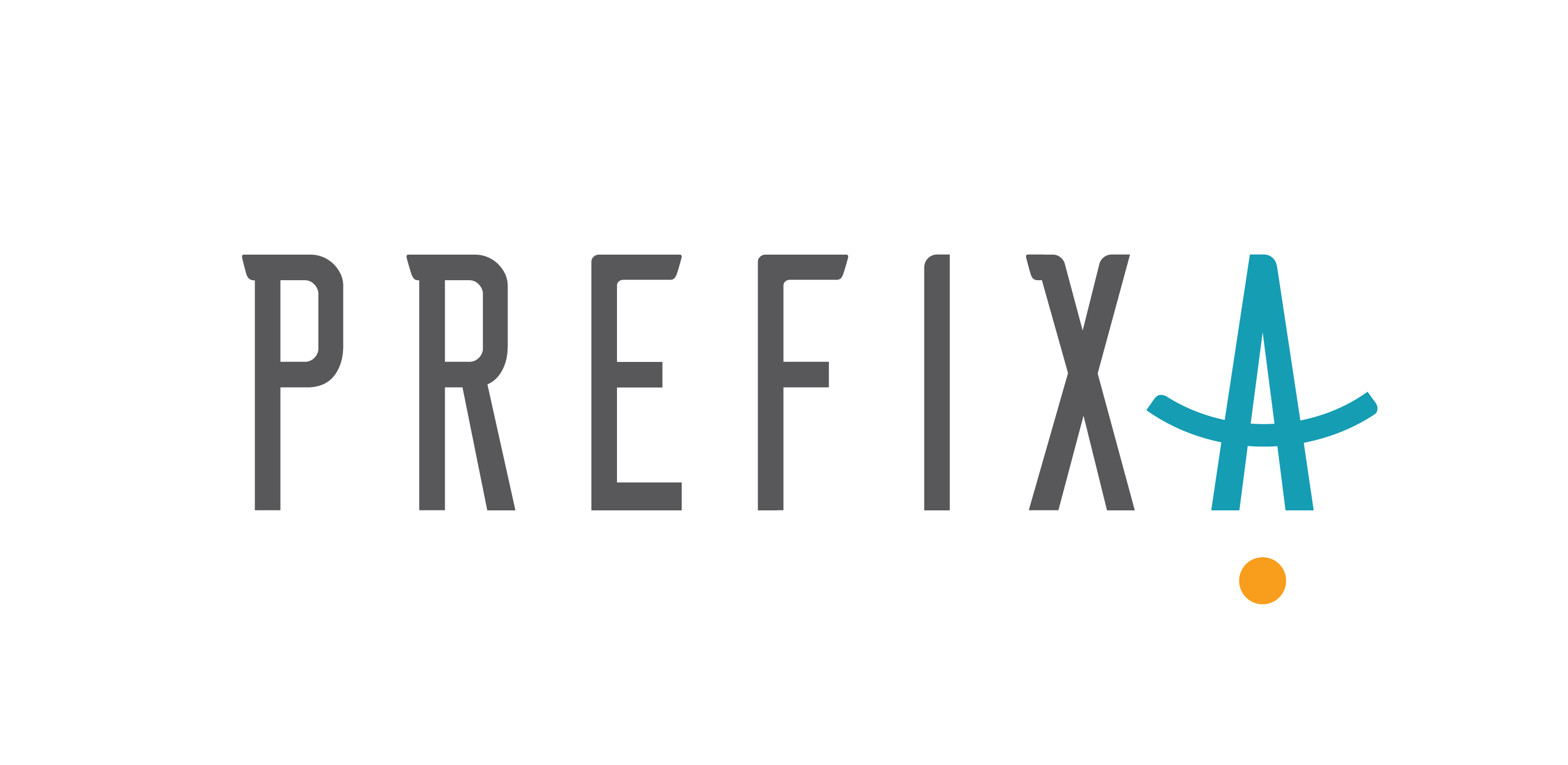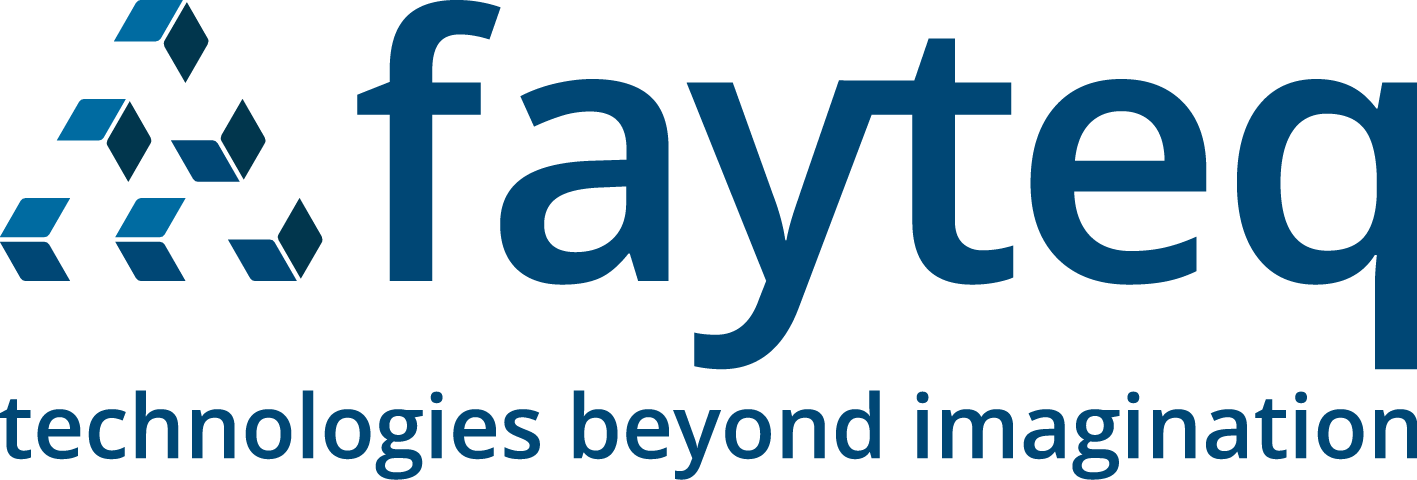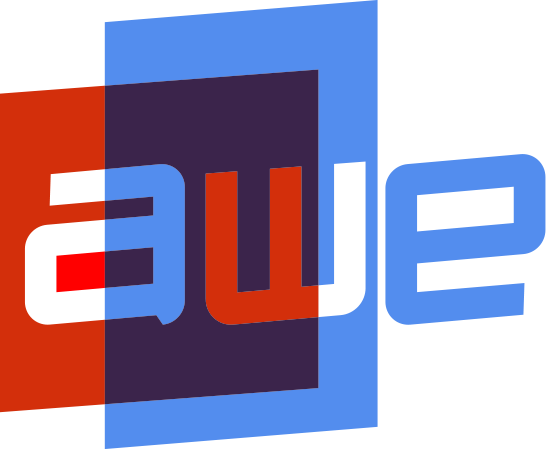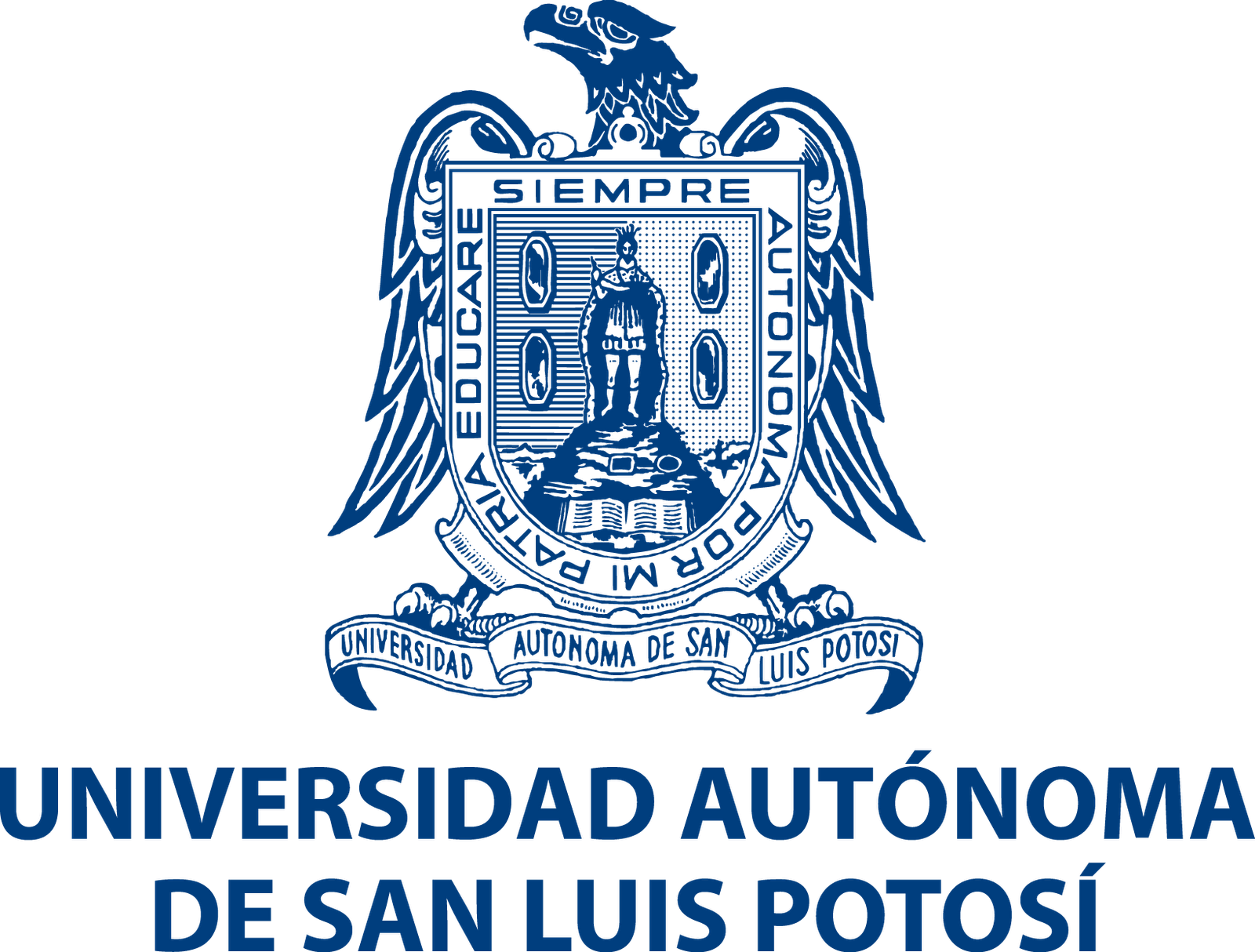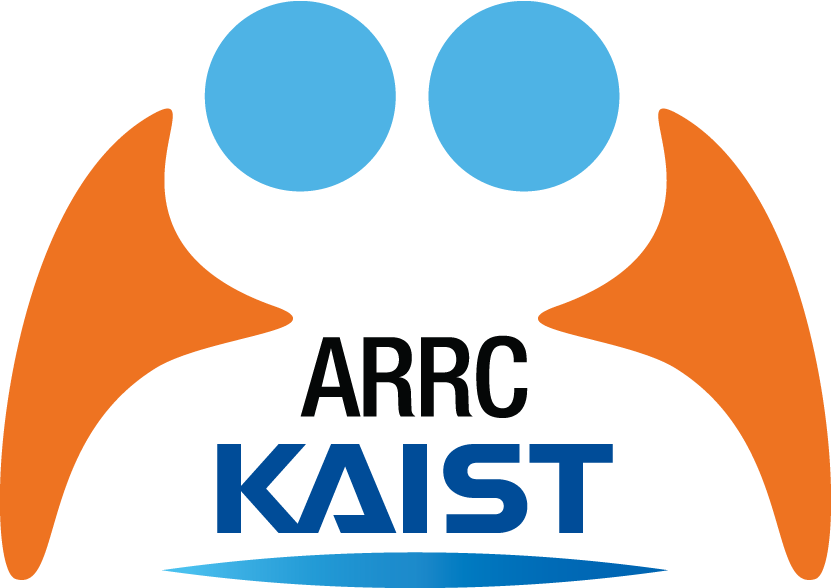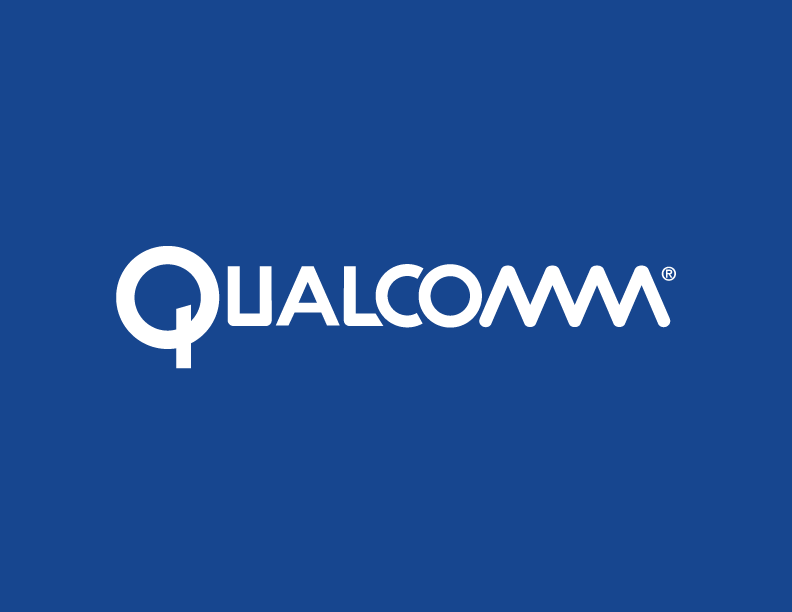Goals
This ISMAR2016 Hackathon is organized with the aim of encouraging rapid idea creation around AR technologies that will drive future applications and highlight areas of future research value, demonstrating technologies readiness/adaptability as opposed to hand-crafted demos, and promoting the fundamental role of multi-disciplinary team work.
General principles
Several teams will work during 4 days towards completing an AR application designed around one theme disclosed at the beginning of the Hackathon. The participants will be given this theme as a broad topic and they are expected to implement an AR application with their own interpretation of this theme. We expect teams to organise their time spent at the Hackathon around other activities or sessions they plan to attend at ISMAR. The participants will have a special room within the ISMAR conference venue for working on their project. This room will be open from 9am to 9pm. Prior to the Hackathon, additional guidelines will be given about what to expect in the event (e.g: hardware available, venue, etc), so team members can be prepared.
There are several technical categories in which the teams can participate, as defined below.
The Hackathon has a strict time schedule, without extra time allowance. It will start on 18th September, 2pm. On this same day, the teams will be assembled. The Hackathon will end on 21st September, 2pm. On 21st September afternoon, the judges will review the team’s deliverables to decide the winner of each category. They will finally announce the results as part of the ISMAR closing ceremony. Judging criteria are described below.
Timetables (all times in Merida local time)
|
18th September, 12pm |
Team assembling |
|
18th September, 2pm |
Hackathon start |
|
21st September, 2pm |
Hackathon end |
|
21st September, afternoon |
Review of the team’s deliverables |
|
21st September, evening |
Results announced as part of the ISMAR closing ceremony and prizing |
Teams
The teams are between 2 to 4 members. Members can be associated from different institutions. Participants can apply with a team already built before the event or as individuals and partner up a couple of hours before the Hackathon starts.
All the Hackathon participants must register to attend ISMAR.
The Hackathon organizers will provide a forum to partner up, aimed at the people looking to build teams.
Preparation before the event
Participants are encouraged to develop resources materials prior to the Hackathon, such as 3D models, audio sources, animations, algorithms.
They are expected to bring their own computing resources and to be sure to have an Augmented Reality system with them. They should be able to use this as a starting point to implement their contribution.
Every participant is asked beforehand to state their choice of development environment (Operating system, engines, libraries, additional hardware or sensors, etc.). This will be used to facilitate the team formation.
Additionally, Intel Realsense R300 will be provided to the participants. Prior experience with this hardware should be mentioned, too.
Hackathon theme
At the start of the Hackathon a “theme” will be revealed to the participants. The teams are then expected to give an interpretation to this theme and to produce an AR demo that reflects this interpretation.
Hackathon technical categories
To make all participants work on similar grounds, we define six technical categories:
- Marker based tracking,
- Sparse tracking and mapping with monocular cameras and stereo cameras,
- Dense tracking and mapping with depth sensors,
- Sensor fusion and other sensing modalities (IMUs, Thermal cameras, event-based cameras),
- Rendering,
- Interaction and UI methods.
Each team should produce a demo showcasing their interpretation of the theme in one of these categories. This aims to level the grounds for teams with high expertise in single topics.
They may use both their own systems as well as the additionally supplied hardware. The organizers may provide props, some cameras, libraries, etc, but encourage applicants to bring their own material. The teams should disclose the tools used. For example, the use of a 3rd party library should be acknowledged and not be presented as own work (otherwise, this could lead to disqualification).
Judging criteria
The judges will decide the winners of each category, based on the evaluation of both technical criteria and aesthetic criteria. These include:
- Low drift
- Robustness against occlusion
- Originality
- Speed
- Map quality
- Handling of dynamic objects
- Aesthetic appearance
Code of Conduct
This Hackathon is organized to promote creativity, openness and teamwork values. We expect all the participants to respect these values and compromise themselves to forbid negative attitudes such as cheating, unfair acknowledgment of the previous works used in their application, harassment, etc...
Hardware provided on site
The organizers will put at disposal of the participants, in addition of some props that could be useful to realize their final applications, the following hardware:
- Intel Realsense R300.
- Total station Sokkia 630-RK.
Recognition to best works
The best work(s) will be awarded a certificate of recognition and additional goodies.
Oculus DK2 devices as prizes for the best works!
Register your interest
All hackathon participants must be registered to ISMAR 2016. To participate please email hackathon [at] ismar2016.org to register your interest. Your email should include:
- Your full name
- Affiliation and brief description of your AR background
- Hardware and software you are planning to use
- The technical category you are planning to apply to

